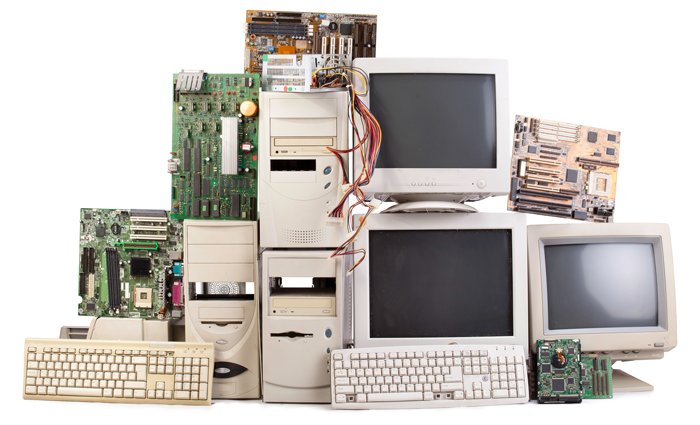If you are still using an older version of Windows on an older laptop or computer, there are plenty of ways to bring them up to speed. Perhaps your current computer doesn’t have the ability to update to newer versions of Windows. Or maybe you are set in the ways of one of these older Windows and don’t really care to update; no matter your reason for not having an up-to-date OS, there are still ways to make the most out of your current operating system.
As you probably know, computers tend to run slower over time. This isn’t always a hardware or software issue, but a number of issues that happen over time due to storage, program and app usage, downloads, etc. In the past, we have discussed ways to speed up Windows 10, but we know that not everybody has transitioned to the newer operating systems. So if you have an older computer and want to know how to speed up Windows 7, this article is for you.

Why Do People Still Use Older Versions of Windows?
There are several reasons why people choose not to upgrade their operating systems. It must be noted, however, that system updates are crucial to security, bug fixes, and even performance. Although not completely necessary to overall functionality, keeping up with system updates can improve speed and performance.
So why do people choose to use older versions of Windows? Small business owners might have very few computers that they use for the operation of their company. They may not be able to afford to upgrade – Windows does offer free upgrades for a short period of time, but sometimes this can mean that you have to upgrade the rest of your software and programs. Smaller schools in remote areas may also be late to update their systems because it requires updates on a larger scale. Others who see updates as unnecessary are those who use their PCs for entertainment purposes only because they are simply using their computers and laptops to play simple games or stream music and videos. The most common reason for users to stick with their older operating systems is simply because they are running it on an older computer.
How To Speed Up Computer or Laptop: Windows 7
When Windows 7 was released in 2009, it was met with critical acclaim and was a huge success, especially compared to its predecessor, Windows Vista. The success of Windows 7 was partly due to Microsoft’s response to Windows users who were dissatisfied with the functionality of Vista…it was more than just an incremental upgrade to Microsoft Windows, it was Microsoft’s attempt to satisfy users once again while also maintaining hardware and software compatibility.
Then in 2012, Microsoft released Windows 8 and was once again met with criticism. In an attempt to make the OS more “tablet-friendly,” it missed the mark with most desktop users, which is why people stuck with Windows 7. Even today, people still prefer Windows 7 over the latest updates (as of the time of this article, the most recent version is Windows 11, and Microsoft has ended support for Windows 7.)
So if you are one of the individuals who choose not to upgrade your OS, then here are some quick tips on how to speed up Windows 7:
Back to Basics: Windows 7 has many features that are designed to improve the overall aesthetic of Windows, but these features may actually be making your older computer even slower. The first thing you may want to do to bring your PC up to speed is to turn off these features by reverting back to the look of older versions that didn’t rely heavily on graphics.
- Click the Start button, right-click the Computer icon, and choose Properties
- Click Advanced System Settings
- In the Performance area, click the Settings button and then Adjust For Best Performance, and click OK
Disk Cleanup: Whether you are decluttering your folders and removing unwanted files, cleaning up your hard drive is a great option when it comes to improving speed. The built-in tool for Windows 7 can help to remove unwanted files like temporary files, program files.
- Click Start > All Programs > Accessories > System Tools > Disk Cleanup
- As the system is calculating how much space to clean up, the Disk Cleanup window will appear.
- Select the files that need to be deleted under the Files to delete list.
Third-Party Software: If you have cleaned your computer using the Disk Cleanup and you still can’t figure out how to speed up Windows 7 on your older computer, it may be time to consider third-party software options. The System Mechanic software from iolo, is a great option and is even compatible with Windows 7. Simply make sure your older computer or PC is compatible before downloading.
Knowing how to speed up a computer (Windows 7) isn’t privileged information, and with these three simple tricks, you can improve speed and performance. The next time you are wondering how to speed up Windows 7 on an older computer or PC, just refer back to this page and remember that a faster computer makes your overall experience much more pleasant, and it is possible!








